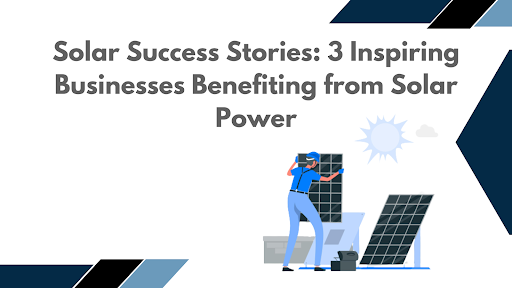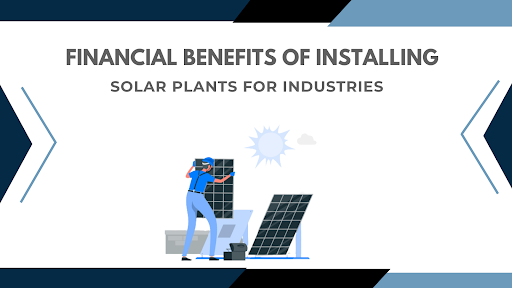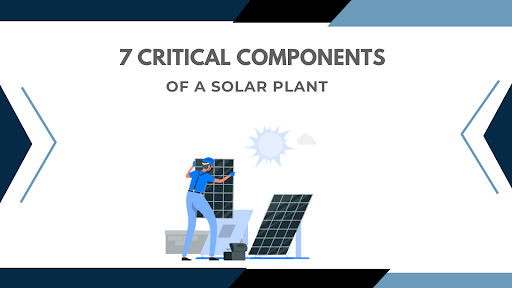
As energy costs rise globally and the energy crunch mars business processes, big and small, Kirloskar Brothers Ltd. (KBL) have found an ingenious solution for your small-time electricity needs. PICO is a cost-effective reverse-operated pump that can generate up to 10 kW of electricity and can be used to power villages, households and remote farms. VEMC is one of the leading solar consultants and in this blog, we tell you all you need to know about KBLs latest innovation, the PICO hydropower generator.
What powers PICO?
PICO hydropower turbine simply harnesses the natural flow of water to generate electricity. This can provide electricity to remote villages, isolated farms, tourist places, chemical and petrochemical plants etc. Since PICO is completely dependent upon water flow from small streams or rivulets, there is no input of fossils like coal or diesel. This makes PICO a highly sustainable and eco-friendly source of alternative energy.
Key components of PICO
- Runner: It converts the kinetic energy of moving water into mechanical energy by rotating when water flows through it.
- Inlet pipe: The water enters into the turbine through the inlet pipe. It ensures that the turbine receives a steady flow of water to keep the mechanism going.
- Nozzle: It regulates the flow of water to the runner and ensures optimum efficiency by directing the maximum amount of water to the runner.
- Turbine housing: The turbine is protected and enclosed by it. It is specifically designed to resist the force of flowing water.
- Shaft: This connects the runner to the generator, and thus transmits the mechanical energy of the runner.
- Generator: The mechanical energy transmitted by the shaft is converted into electrical energy by the generator. It consists of coils that rotate in a magnetic field and produce electricity.
- Governor: The role of a governor is to control the turbine speed and regulate the output of electricity.
- Outlet pipe: This discharges the water that has been used to generate electricity back into the stream or river while ensuring minimum environmental impact.
- Support structure: This includes mounting points and other associated structures that ensure the stability of the PICO system.
Suitable applications of PICO
As mentioned already, PICO generates up to 10 kW of electricity. This makes it most suitable for meeting small-scale demands or filling in for short-term disruptions or outages. However, the most outstanding feature of PICO is its compact size and portability. This makes it highly suitable for off-grid locations deep into the interiors with minimum connectivity such as remote villages and farms. PICO can therefore be a game-changer when it comes to improving the socio-economic standards of remote rural and agrarian communities, especially in the context of a developing country like India.
For more on the remarkable PICO system, feel free to get in touch with us by calling on 022 43436655 or emailing us at marketing@vemc.co.in. We at VEMC are one of the leading solar consultants in the country and take immense pride in our innovative endeavours to transform this industry.

















